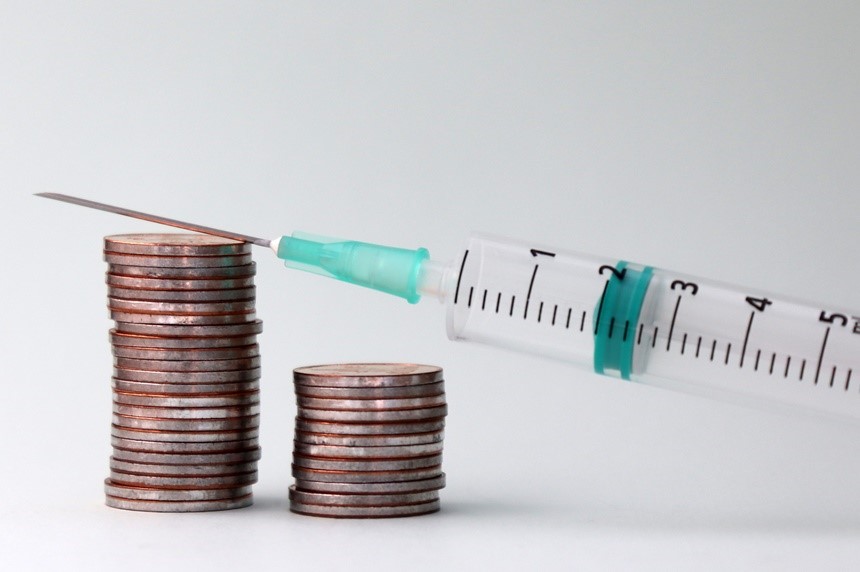“Your Health Checkup” is our online column by Dr. Douglas Zipes, an internationally acclaimed cardiologist, professor, author, inventor, and authority on pacing and electrophysiology. Dr. Zipes is also a contributor to The Saturday Evening Post print magazine. Subscribe to receive thoughtful articles, new fiction, health and wellness advice, and gems from our archive.
Order Dr. Zipes’ books, Ari’s Spoon, a new novel, as well as Bear’s Promise and Damn the Naysayers, A Doctor’s Memoir. Check out his website at dougzipes.com.
Because heart disease, especially coronary artery disease, is a leading cause of death in Western societies, I’ve devoted the last two columns to review advances in that health segment (see March 21 and April 11). For instance, new drugs such as bempedoic acid appear to offer an alternative to patients who cannot or choose not to take statins.
Unfortunately, not all populations benefit from these advances, and health care disparities persist, such that the wealthy have better outcomes than the poor.
In a recent study, data from six high-income countries (the U.S., Canada, England, the Netherlands, Taiwan, and Israel), totaling more than 1 million adults aged 66 years or older hospitalized with a heart attack from 2013 through 2018 have shown that acute heart attack mortality rates were generally higher for low-income patients (except in Taiwan), that low-income patients in all countries were less likely to receive cardiac catheterization and revascularization than were high income patients, and that heart attack rates and 30-day hospital readmission rates were consistently higher for low-income patients.
Taken together, these results suggest that acute heart attack patients from low-income groups are subject to disparities in health care processes and outcomes across all six countries despite vastly different health care and social safety net systems — even in countries with universal health insurance and robust social safety.
While other data show that U.S. spends more on health care but has poorer health outcomes as measured by life expectancy and infant mortality, in the case of this study the U.S. was not an outlier; they performed similarly to other countries in terms of the care provided to and outcomes among patients with low vs. high incomes for the population of older patients admitted with an acute heart attack.
Reasons for such disparities are likely multifold, including lifestyle and behavioral differences (for example, smoking, activity, diet), as well as access to higher quality health care systems.
As we wrestle with issues of diversity, equality, and inclusion, we need to consider critically important basic inequalities such as access to adequate health care.
Become a Saturday Evening Post member and enjoy unlimited access. Subscribe now



